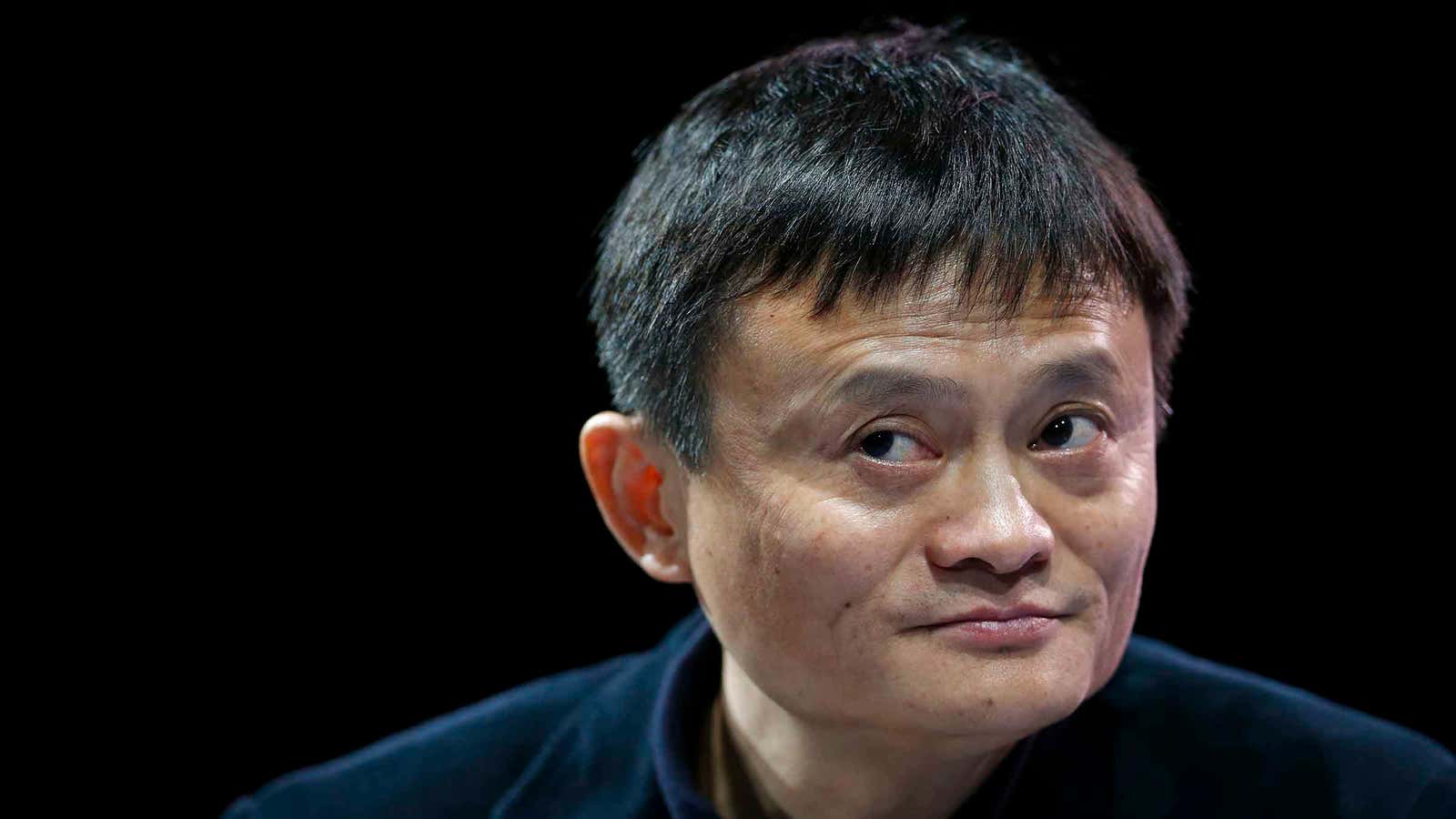In the very first minutes of November 11, billions of dollars have been spent on Alibaba’s Taobao and Tmall shopping platforms, thanks to the Single’s Day shopping extravaganza engineered by Alibaba, the Chinese internet conglomerate. Last year, the company smashed global records for online sales.
This year more than last though, Alibaba could do with the boost. It’s been a little over 12 months since the company floated in New York, and life under public scrutiny has been tough. Let’s see how the poster child for China’s booming economy stacks up against its US rival, Amazon.
The good
Most importantly, Alibaba is profitable. For the fiscal year ending in March 2015, Alibaba reported a $5.5 billion profit, while Amazon, which finished its fiscal year in December 2014, posted a $241 million loss:
Amazon reported small profits in its most recent two quarters, though it is unclear whether it will for the full year.
The big difference in revenue is because of the difference in their business models. Amazon takes a cut from sales of goods on Amazon.com, and sells Amazon Web Services. Alibaba earns money largely from ads and add-on services for its vendors. And although Amazon’s revenues are higher, Alibaba’s revenue has continued to rise since its IPO, with healthy spikes during the final quarter of each calendar year, which includes Single’s Day:
Compared to Amazon, Alibaba’s revenues are also a lot more diverse, suggesting it is better protected from consumer sentiment and some macro-economic swings:
That’s because Alibaba has been investing heavily for some time in a multitude of companies such as Youku Tudou (often described as “China’s YouTube”), Meizu, a smartphone manufacturer, and even shopping malls.
The bad (part I)
Some investors might be concerned that Alibaba remains too exposed to China’s slowdown. Take a closer look at the chart above—since the three months ending September of last year, the share of revenue Alibaba drew from its China online retail operations has increased, not decreased. In the same time Amazon—while starting from a lower base—has slowly but surely increased its hedge against online retail with Amazon Web Services.
Not long ago, Alibaba’s exposure to China’s consumers was precisely what made the company so valuable. But talk of a slowing China has grown louder recently; last month, a trusted measure of Chinese consumer sentiment reached its lowest point in eight years of records (paywall).
The bad (part II)
Reports about Alibaba’s business practices have knocked investor confidence. In January of this year, the Chinese government briefly made public a report alleging that the company took a lax approach to eliminating counterfeit goods on Taobao.
In April, researchers detailed how vendors boost apparent sales figures and customer reviews; that same month Alibaba was fined for pricing violations conducted by merchants during the previous year’s Single’s Day sales, and CEO Jack Ma announced a hiring freeze that would run until the end of 2015. Shortly after that, analysts pointed out that in the first three months of the year, growth in annual active buyers had slowed to its lowest rate in several years.
The ugly
Alibaba’s share price has struggled to hit its IPO level of $94 for most of this year:
Amazon’s share price remains far ahead of Alibaba’s despite the fact that it isn’t profitable, perhaps because of its huge revenue base and grip on US e-commerce.
One thing certainly won’t help Alibaba going forward is the Nov. 6 news that Jim Chanos, a renowned short-seller, is reportedly betting against the company. Not even anticipation about Single’s Day has helped boost Alibaba’s share price after that bombshell:
